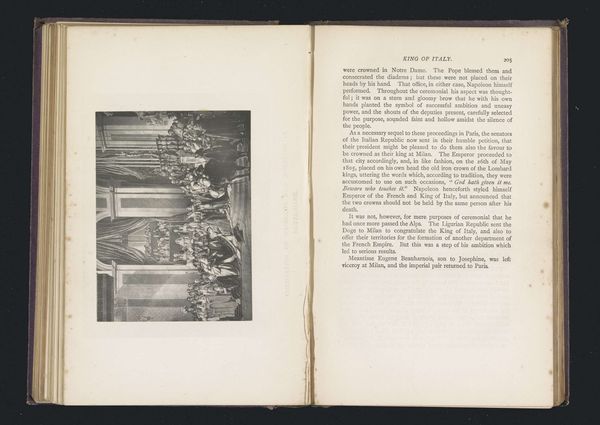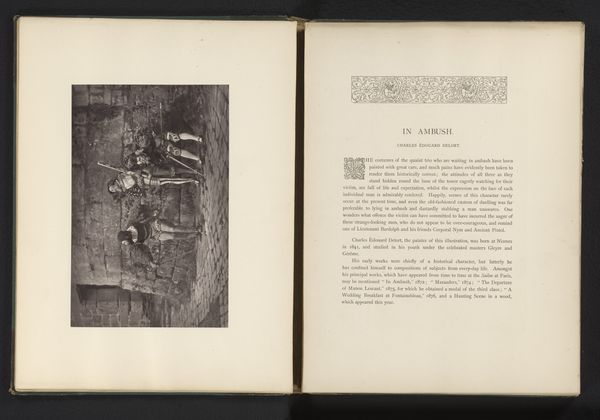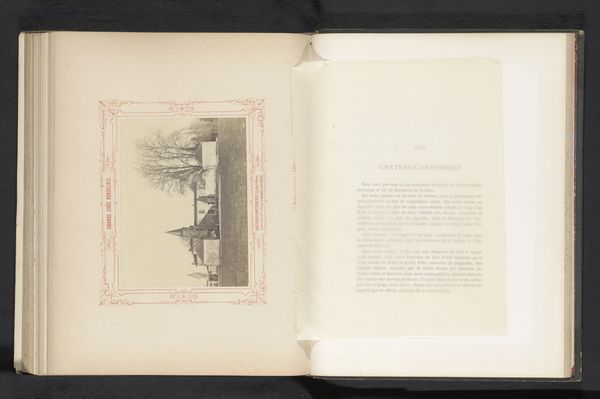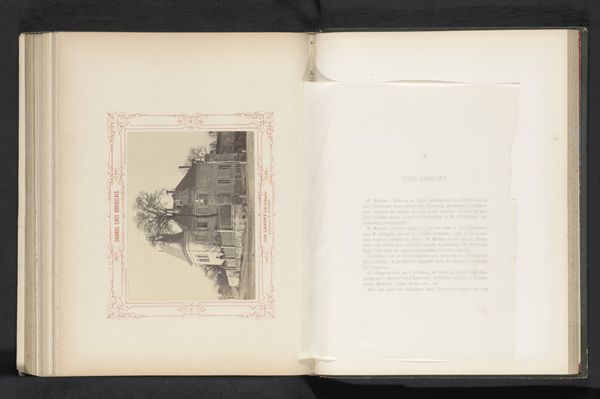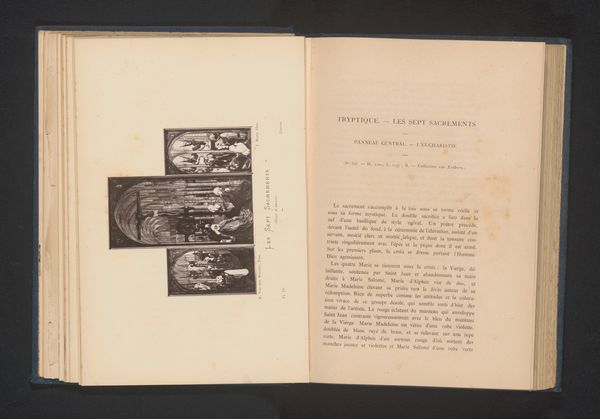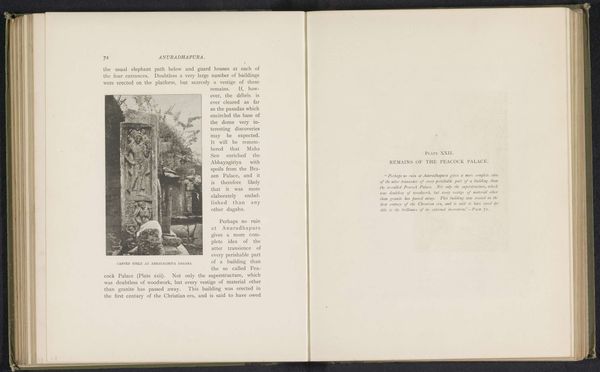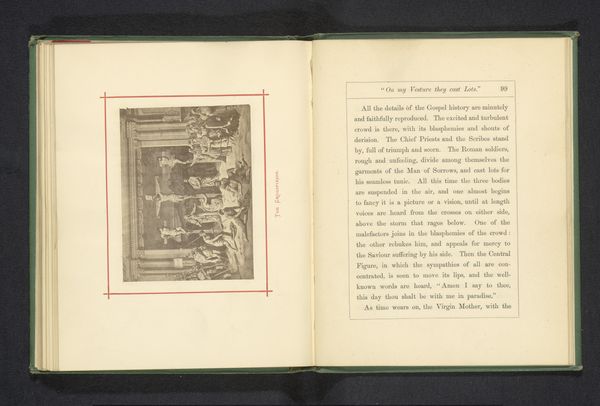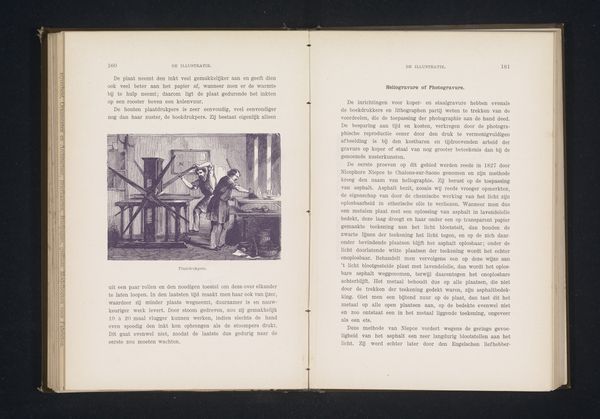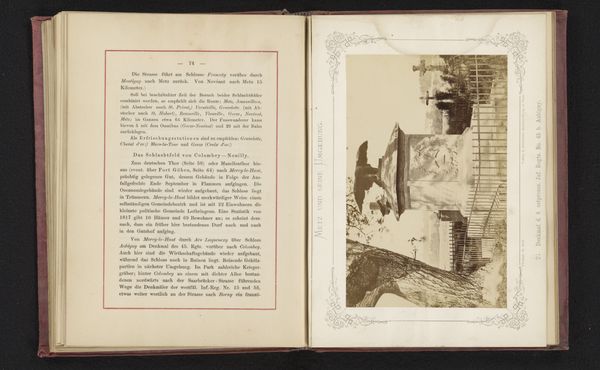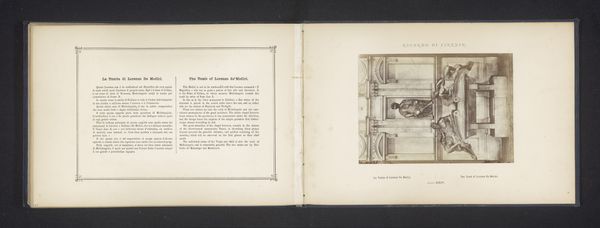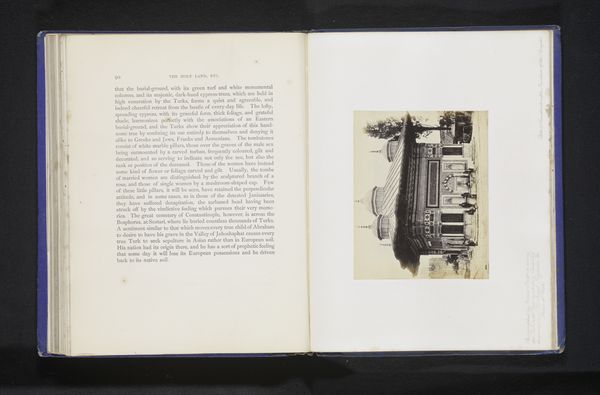
print, photography, architecture
# print
#
photography
#
romanesque
#
cityscape
#
architecture
Dimensions: height 114 mm, width 166 mm
Copyright: Rijks Museum: Open Domain
Curator: Let's dive into this image titled "Gezicht op het Capitool en het Palazzo Senatorio in Rome," dating back to before 1898. It appears to be a print, possibly from a photograph, showcasing a Roman cityscape with prominent architecture. Editor: It has a serene feel to it, almost timeless, yet the stark black and white gives it a somewhat detached air. The rigid architecture softens as it blends into the shadows of what seems like nature. How do you interpret this work, from your perspective? Curator: For me, this image is a powerful statement on the enduring nature of power and its visual representation. We are presented with the Capitool and the Palazzo Senatorio – symbols of Roman authority across centuries. I’m particularly drawn to considering this image in its late 19th-century context. Think of the rise of nation-states, the burgeoning colonial empires – Rome, even in photographic reproduction, could be viewed as a symbolic origin of those political formations and how it still impacts socio-political issues of today. What narrative is the photographer constructing by capturing this particular view? Editor: That’s interesting. It positions Rome not just as a historical site but as an active participant in contemporary discussions about power and identity. I hadn’t considered its link to colonialism! Do you think the medium—photography turned into a print—changes how it’s perceived? Curator: Absolutely. Photography in this era held a particular truth claim. By reproducing this “truth” through print, it makes it more readily available and malleable to propagandist notions. What do you make of the way in which light and shadows are captured in this image? Editor: Now that you mention it, there’s an interplay of harsh lines and faded gradients between light and shadows that create a slightly unsettling mood… it underscores the notion of permanence and history, whilst simultaneously making visible ideas about erasure, violence, and colonial power struggles. Curator: Precisely. Considering this artwork, and thinking about architecture beyond the picture frame helps to deconstruct those grand narratives of power. Thanks for sharing your perspective! Editor: Likewise, I found that extremely helpful in considering my own personal perspectives on photographic Roman cityscapes.
Comments
No comments
Be the first to comment and join the conversation on the ultimate creative platform.

